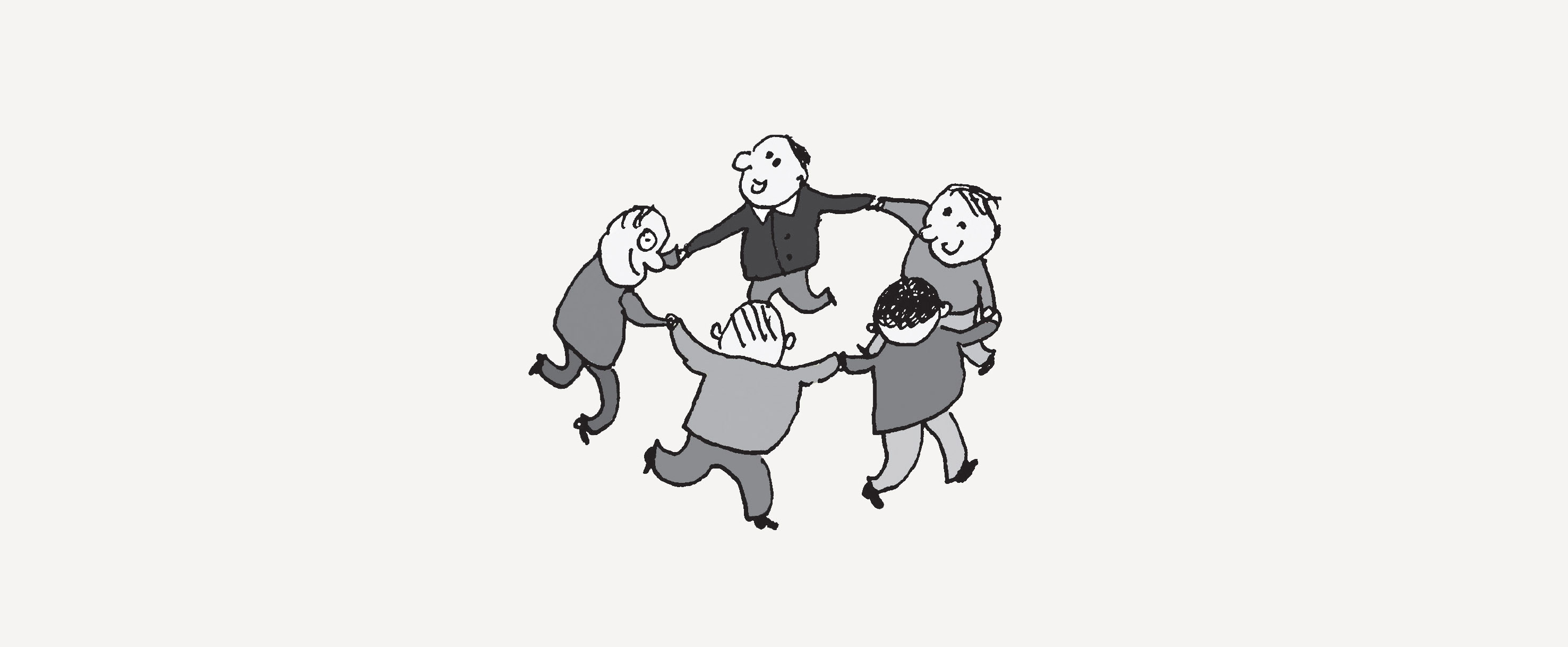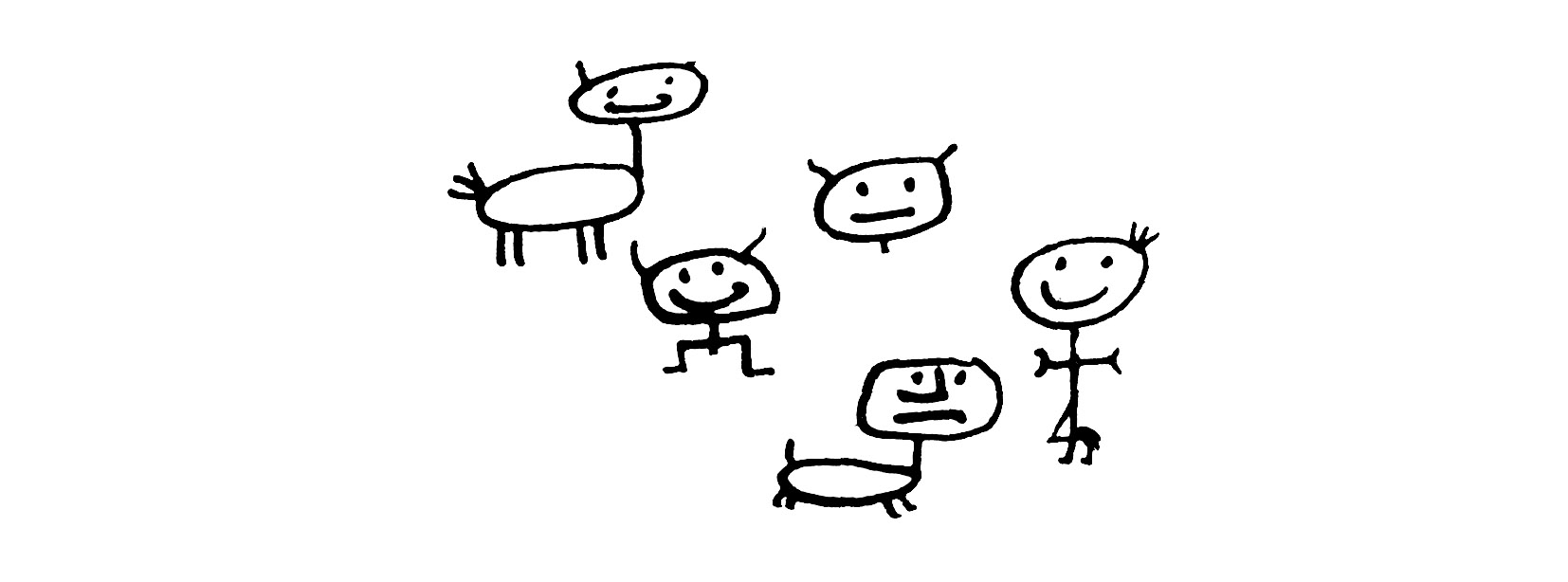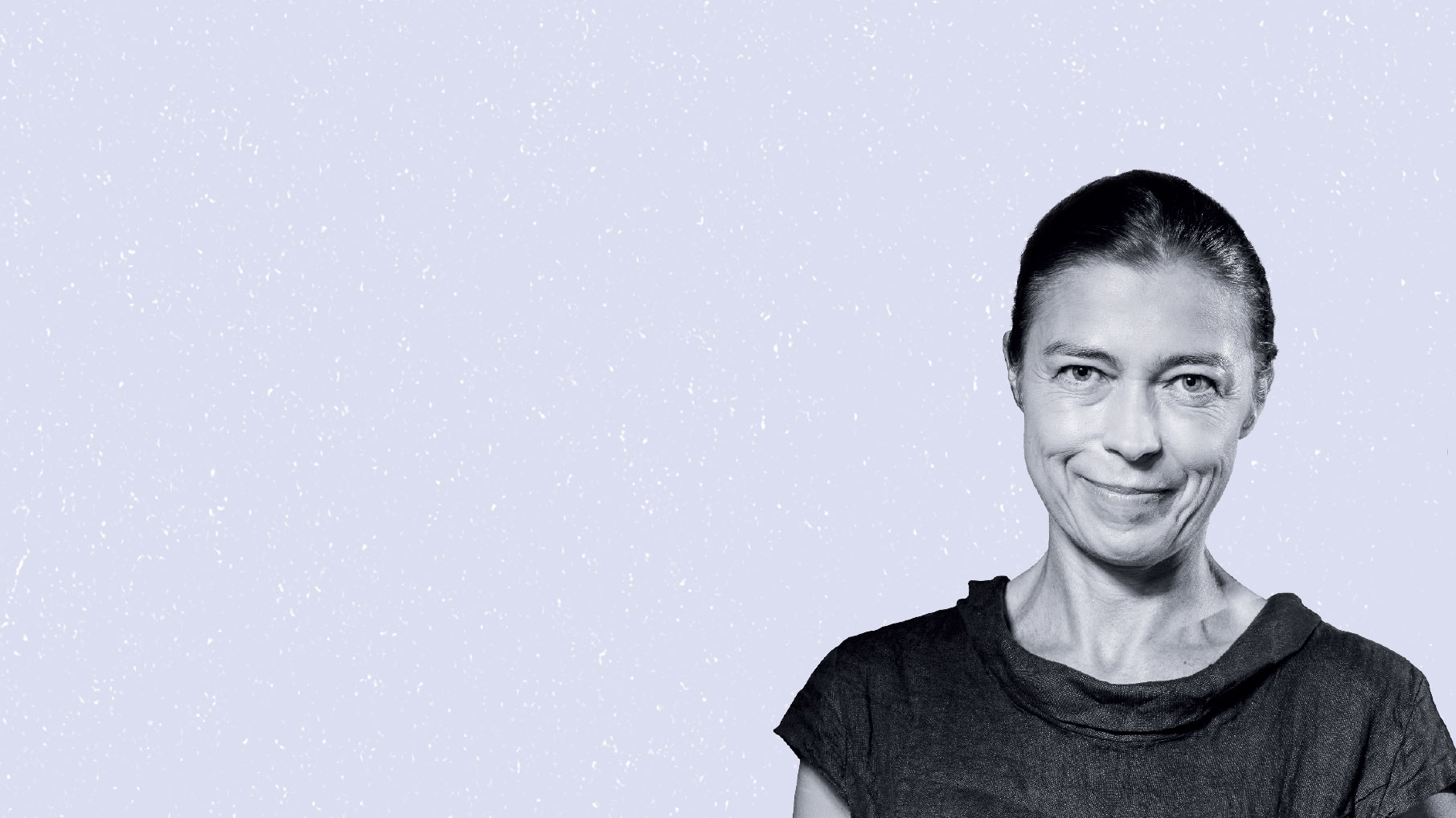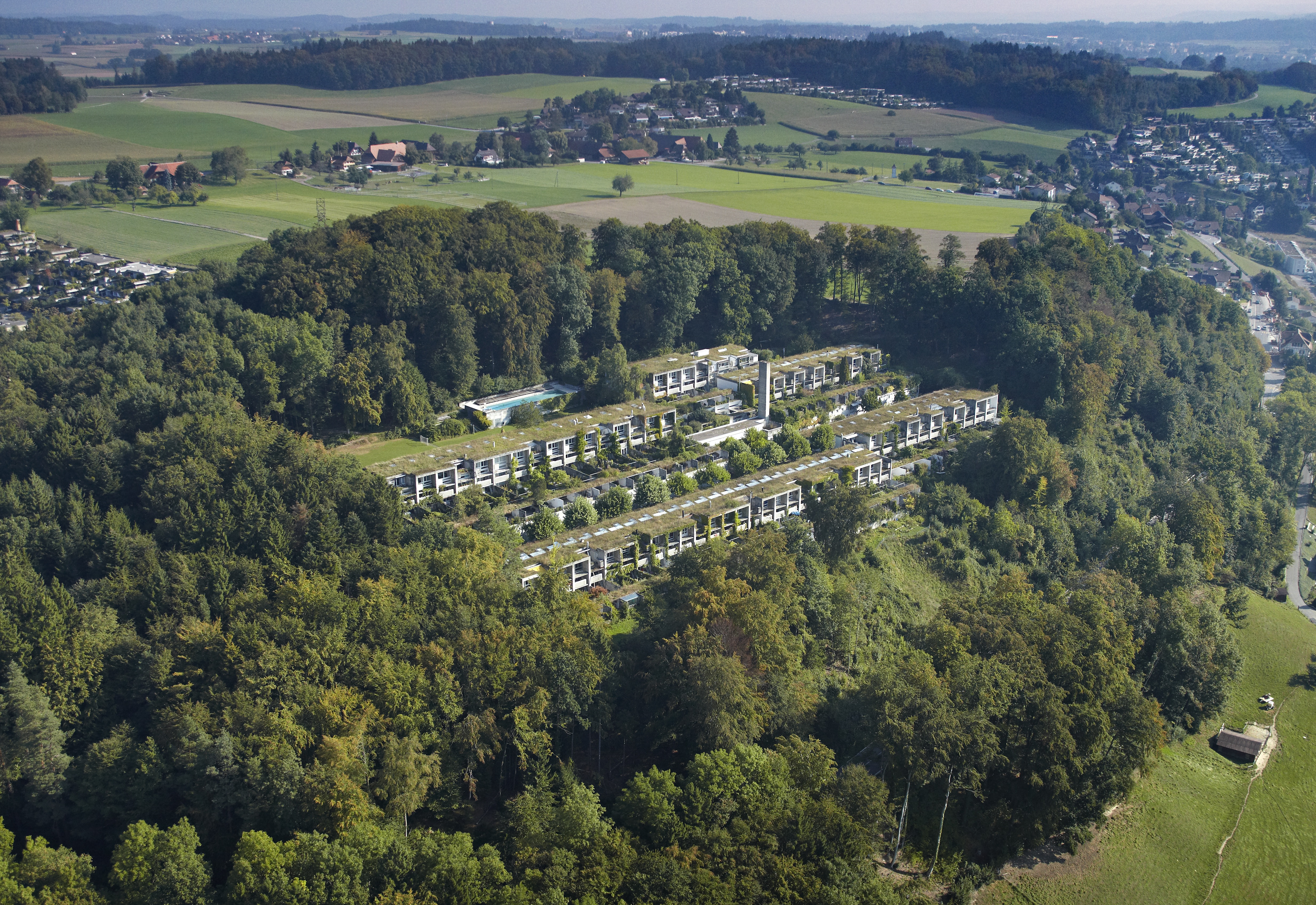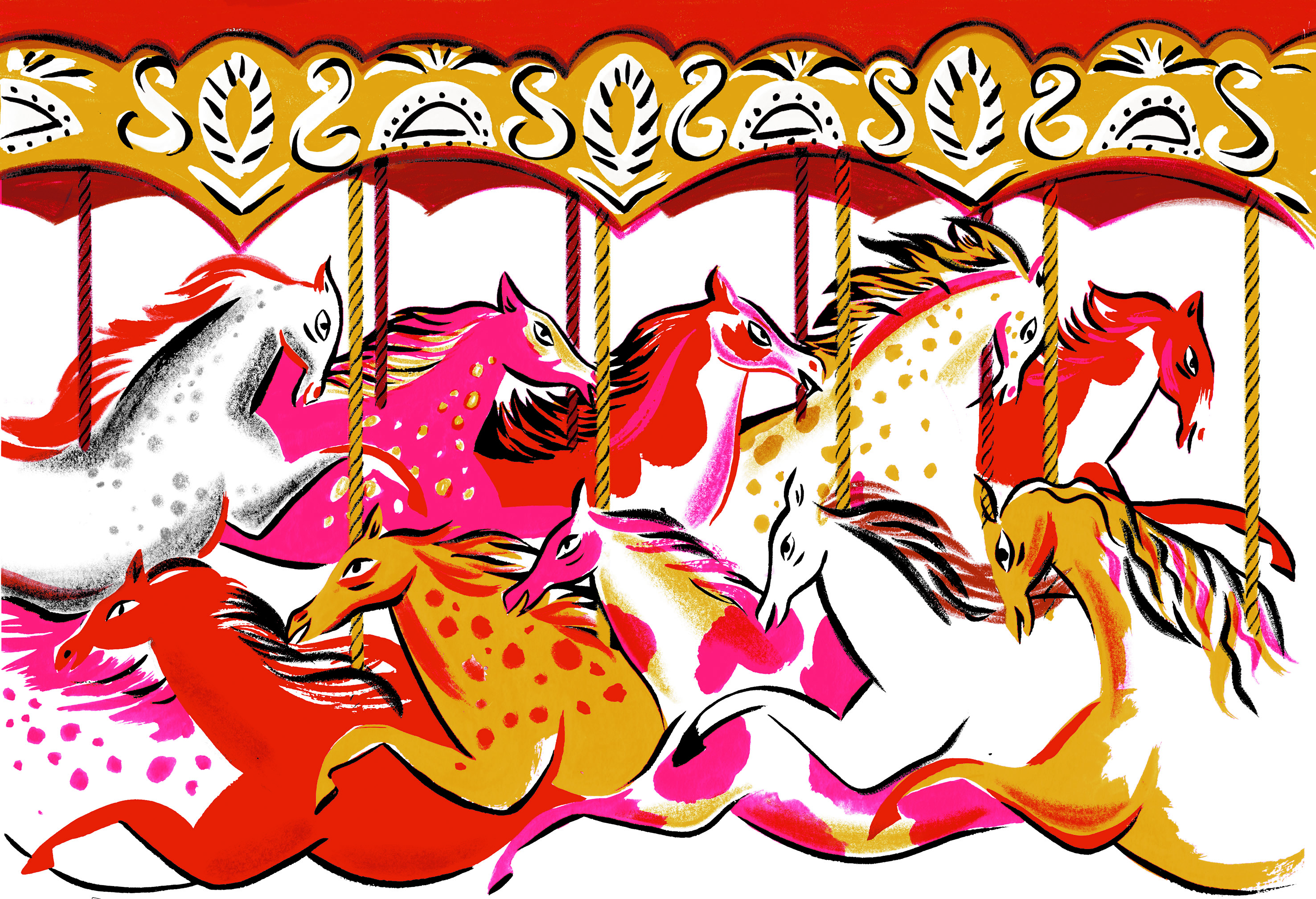
It is time to shed the Mickey Mouse costume. Walt Disney’s cartoon fantasy holds the truth about the most important transaction of our times. Perfect childhood is fiction, powered by technology.
“Daddy, why didn’t you tell me you’re Walt Disney?” asked six-year-old Diane with dismay. She found out at school, when a friend told her that it was her dad who created Mickey Mouse, Donald Duck and Goofy, the characters loved by all the kids across the nation. Diane and her younger sister Sharon lived a sheltered and very private life. Despite spending their afternoons playing in large studio warehouses, the girls treated them like a regular playground. They had no nannies and were not sent off to boarding schools or private governesses, like many other children in Hollywood. Their dad drove them to school. Walt was caring and eager to play with them, although he sometimes lost his temper and gave them a spanking. He protected the girls from the public eye; never took them to movie premieres, amusement park openings, or any other celebrations related to his growing empire of fantasy. What a paradox: the very man who spread childlike wonder across the world and helped to turn the relationships between grown and little people upside down, maintained imperturbable hierarchy in his own life.
He was fond of saying that while children have nothing adult about them, every adult carries a child inside them.
This was the foundation for his sweeping fantasy that by the beginning of the 21st century was a global and universal phenomenon, with a proportionally enormous financial potential. But Walt Disney was not a cynical man, hoping to feed off innocent instincts, nor was he a travelling salesman of infantile fantasies. He was a visionary.
After many years of work, his legacy shows an astonishing scope of innovation: in technology, architecture and media. Disney was the first to come up with the concept of a fully immersive experience that swallows the guest-client whole. In that sense, Walt created a foundation for the modern economy of new media that generate simulations so convincing they outrank the reality.
But deep inside, Walt Disney always remained a boy with unstoppable imagination, and a passionate creator of perfect worlds that welcome us to explore them with undisturbed joy. To create an idyllic world – not just a landscape and a natural state, but an engineered ideal – Disney applied advanced measures of control. He used private and arranged environments to concoct perfect conditions, a hyper-real world he could direct even in the most minute details. And perfect it was, thanks to precisely arranged interactions of numerous elements. The achievements of this fairy-tale construction are impressive enough on their own as a feat of engineering, design and artistry. But even the farsighted mind of Walt Disney did not expect for those beautiful illusions to inspire so many people to follow his path, nor that he would become probably the most influential creator of reality in the world. Even if we don’t notice it often, we live in a world that is full of elements borrowed from Disneyland.
The father of Mickey Mouse occupies a very special place among utopists and futurists: his colourful visions escaped the screen and redefined our reality. However, Disney himself would probably be far from happy seeing this development. He knew very well that, just as it is impossible to live inside a fairy-tale, the fairy-tale merged with life withers and goes ugly. And so he was very cautious to maintain the distinction between reality and fiction. Clarity and perfection of an illusion were necessary conditions for its staggering effectiveness and almost perverse ‘reality’. Whereas confusing mirages with the mundane – and role-swapping between children and adults in the modern world – leads to sweeping negative consequences.
Engineered joy
He liked to crouch. He would sit on his heels and take in the world from that perspective. And then he went on to explain his discoveries to the constructors: “You must view everything we make through a child’s eyes.”
All buildings in Disneyland had their structure specially modified. The ground floor was seven-eighths of the regular size. Each level above it was smaller than the previous one. The taller the building, the more it shrunk. This led to one of the most enchanting effects there: forced perspective, a fairy-tale-like impression of the Disneyland architecture. Kids visiting the park thought the surroundings were bigger than in reality, while adults felt small, like children, and strangely enlarged, like cartoon characters, all at once.
The workers in California who were building the first Disneyland in the mid-1950s soon got used to seeing Walt Disney visiting them in the middle of the night in his pyjamas or a dressing gown.
He made his temporary lodgings in the park, above the imitation of a traditional shop. Walt strolled around the construction site, monitoring progress, and chatted to the workers. He noticed things other people missed. Inconsequential details, fractures in the continuity of the narrative, unacceptable cracks in the meticulously constructed illusion, scratches on the surface, designed for nothing but pleasure and the feeling of sweet nostalgia.
Walt Disney was much more than an amusement park director, and his park was not a regular one either. The man engineered his world, and Disneyland was an imagined kingdom. It had no ugly backstage, no gloomy parking lots, no overflowing bins that marked other recreational spots in the post-war US. None of the snack stands offered unshelled nuts, so the visitors would not scatter empty shells about. Disneyland was a glorious ballgown, twirling in front of the enchanted audience and never letting them see how the perfectly-formed fabric was draped on a clever scaffolding. No seams, no stitches to give away the secrets of the trade. It was all smiles, allure and oblivion.
Behind the gates of Disneyland, reality is suspended: nothing bad ever happens in here, you can’t get lost, even your legs won’t hurt! You never have to wait for your carriage; it’s always on time and ready to transport you from one fairytale to the next, from princesses to pirates to exotic animals.
Achieving such a feat took a lot of sweat and tears, not to mention the amount of money involved. But above all, it required a relentless strive for perfection. It took Walt Disney one decision to have his workers replant dozens of trees, rebuild massive decorations, dig new water canal routes for the imitation of the Mark Twain Steamboat. He rearranged various elements of the fairy-tale, both fictional and technological ones, as well as live ones, such as animals, plants and carefully-designed landscapes. Mr Disney kept a keen eye on every detail: what view should emerge after each turn, what passengers on the steamboat would see if they suddenly turned around. He knew which way they should take to return to their favourite element of the fairytale kingdom and at what time they might feel like having some orange juice. Walt travelled across the States and Europe, visiting countless amusement parks, circuses and theme parks. He knew all the flaws of the tacky Coney Island and the advantages of Tivoli Gardens in Copenhagen. Every theme sector in Disneyland was first described in great detail and then mapped. Everything was carefully planned, including the species of trees that would grow in each part of the park.
Pioneering architectural solutions introduced in Disneyland (such as automated and grade-separated transport, or a path layout that always led to the key attractions without the visitors getting lost or wandering pointlessly) are still considered an impressive feat of urban planning today. And it was just one of the many elements of the perfect illusion created by Walt Disney – he had spent the previous quarter of a century directing films. Disneyland was a four-dimensional movie fiction, and its guests became characters populating a fairy-tale of a remarkably precise scenario, surrounded by decorations from all sides. When you cross the gates, you enter the tale and become one of the characters.
The merging of truth and illusion was so seamless, it encompassed even the most mundane aspect of the enterprise. The construction of Disneyland was funded by television – the producer of all this entertainment fiction – in return for broadcasting permission. This was, after all, the very heart of the dreamy American leisure. Real businessmen paid money to broadcast the artificial dream scenery straight to the homes of the American people from all over the country. It was also the first time of relative prosperity in Walt Disney’s career. Today, his name – and the whole brand – bring to mind enormous wealth, but for the better part of his life, Disney owed vast amounts of money to the banks. His cartoons, feature animated films and studios all worked thanks to loans, organized by Walt’s irreplaceable brother Roy. As for royalties for such titles as Snow White and the Seven Dwarfs or Lady and the Tramp, they went straight to the banks, not to the film-makers. Disney was not motivated by big money or the idea of wealth. In fact, the opposite was true: he and his partners had to constantly think about the ways of convincing all the big fish to fund his visionary endeavours. Usually, they managed to find a way, and the train of imagination churned away.
A constructed dream
“Remember, we are selling nostalgia here,” he used to say to his co-workers who helped him create Disneyland. And it was not your typical nostalgia. Main Street, U.S.A., the central artery of the park, was a dreamlike place: it was an amalgam of fairy-tale, modern and historical elements. Horse carriages drove by sweet shops with wooden fronts, cartoon characters strolling along the busy street, everything gave the impression of travelling back in time, to the early days of the Wild West. Except there was never a Wild West like this one, and America had never had such past. This nostalgia, turned by Disney into a remarkably sellable product, is a longing for a childhood idyll that never happened. The participants of Disney’s illusion return to a childhood they never actually experienced. Instead, they are given something not unlike a dream miraculously come true, although had they stopped to think about it, they would have realized that they had never had a dream like this before.
That was the real triumph of Walt Disney and his Imagineers: creators of imagination, that is technicians, engineers, designers and artists. Together, they constructed a narrative that rewrote human memories. Their park gave the impression of a fulfilled dream, while provoking this dream into existence in the first place. Imagineers conquered the reality: they had built a physically existing, functioning, money-making dream.
Disney’s people were pioneers of many technologies. Working with Walt meant they were expected to defy the impossible, to transport fantasies into reality continually. When he wanted something to be done, failure was not an option. But he was so keen to invest and talk to his people that they usually managed to find a solution. Disney knew how to inspire and demand; he did not let his team give up. And making his inconspicuous fantasies come true also led to many technological breakthroughs.
Under Disney’s brand, the first animated sound cartoon was made, the first animated feature film, the first Technicolor animation, the first stereophonic sound reproduction system, the first multiplane camera, and the first robotic theatre, where actors were replaced with pre-programmed animatronics. Walt Disney, just like Steve Jobs, gave his all, without doubt, to ideas that nobody else believed in. He was an engineer in an artist’s body, a dreamer who found a way to convince bankers to fund his astonishing projects. “If you can dream it, you can do it,” he used to say – and he lived by it, too.
When the fairy-tale spilt out
Disney’s philosophy became truth first in the post-war US, a land that grew by chasing a very particular American dream. It was a country that persistently denied its morbid past, built on the extermination of the indigenous people who lived there when Columbus arrived. Then Walt’s illusion began to take root in Europe, exhausted after the world war and the Cold War, striving for its own colourful prosperity, writing a fairytale of a peaceful multicultural society with no borders. By the end of the 20th century, Disney’s empire of imagination had reached Asia, falling on fertile ground, watered generously with globalization fuel: hyper-consumerism along with the youth of the enormous Eastern population. The appetite for fun and endless childhood is a reverse of the continent’s daily life, extorting itself to carry millions of people from poverty to the land of excess and wealth. Nowadays, there are Disneylands not only in California and Florida, but also in Paris and Shanghai – and everywhere, people crowd to buy a sure-fire entertainment package.
But Disneyland has long spilt out of its park borders. If we take a close look at modern cities, we can notice bits and pieces of it well embedded in today’s world. Increasingly large areas of urbanized spaces, whole districts or city parts, are now being planned following Disney’s rules. Take Dubai: it is, on the whole, one impossible fantasy, planted in an extremely unwelcoming environment, fulfilling a dream the Bedouins could never have dreamt. It one-ups New York, which they never had a chance to visit or desire. Dubai consists of elements tested by Disney both in his amusement parks and at technology fairs, in futurist installations and in the planned prototype of the future city he wanted to build in Florida. He didn’t live to do it, and none of his employees could carry out his singular vision. It involved such ideas as creating a pedestrian-only city centre or building a dome with a fully-controlled climate that maintains the programmed temperature at all times. The Emiratis helped themselves to those solutions when constructing the Dubai Mall, or an artificial ski slope in the middle of the desert. Countless shopping centres across the globe, including the ones in Poland, use Disney’s most fundamental rule to create an illusion that evokes nostalgic sentiments. All those miniature plazas and tiny roundabouts, those little fountains, benches, alleys and squares, artificially injected into those spaces, stem from the idea that the number one commodity sold there are emotions. And emotions inspire spending.
Shopping centres imitate little towns. Regular visitors begin to feel at home; they have their favourite ‘corner stores’ and know their way around. They don’t get lost or tired, strolling through this consumption-based narrative, knowing the plot by heart. In such a tale, nothing bad can ever happen, and orange juice is always near.
Walt Disney’s concept of the fantastic also comes to life in a more spread-out way that we experience in our daily lives. He understood the innovative character of progress, expecting human life to be an endless exercise in acquiring new skills and adapting to a permanent state of change. It’s a paradox that for this very reason, he chose to spin an illusion of sentiment, of an unchanging retro world instead. Outside the park gates, the world brimmed with expectations while offering no relief. Disney designed futuramas, and with his experimental city of the future, he wanted to work closely with technological companies. He wanted the inhabitants to test new technologies, use new artificial materials and commute with new previously unknown means of transport. In 1960, Walt Disney designed a prototype of the future. Today, it is our reality. Year by year, the technical landscapes of our lives change. Right now, we are moving away from TVs, music players and microwaves. We sleep with our smartphones, while pre-programmed dishwashers clean our dishes, and automatic vacuum cleaners shuffle away. Robots are starting to operate on people in hospitals. They also look after patients, play chess with the lonely, and dismantle bombs. Whatever is marginal today, will enter the mainstream tomorrow.
Walt Disney, remarkably, embodied both powers of modernity. On the technological side, he tirelessly strived for the new and the impossible. On the other side, there was a wish for an illusion; chasing the land of a happy ever after. He recognized a universal longing shared by everyone – the longing for remaining a child forever. Once he realized it, Disney enrolled a great machine of progress to help him create the most convincing childhood fictions: animations, movies and parallel worlds of pure fun. Inventions and new technological solutions inspired by Walt Disney’s work took place during the time of commercialization of childhood and an era when parents overpowered childhood. We live among the childish dreams of grandeur – skyscrapers that defy any physical limits and deny reality. We build idyllic gated communities, shopping centres, and even whole districts, isolated from the painful reality just like a playground of fun and oblivion. We are living our lives like children, wanting to have fun and feel safe, mocking the dark moral of the story about wealth and infinite possibilities. Nobody wants to be an adult. Nobody wants to set the alarm clock.
Translated from the Polish by Aga Zano


